Minding the gap on biodiversity: Autumn update
Published
05 Nov 2024
Find out how we’re getting on with our pioneering research project.
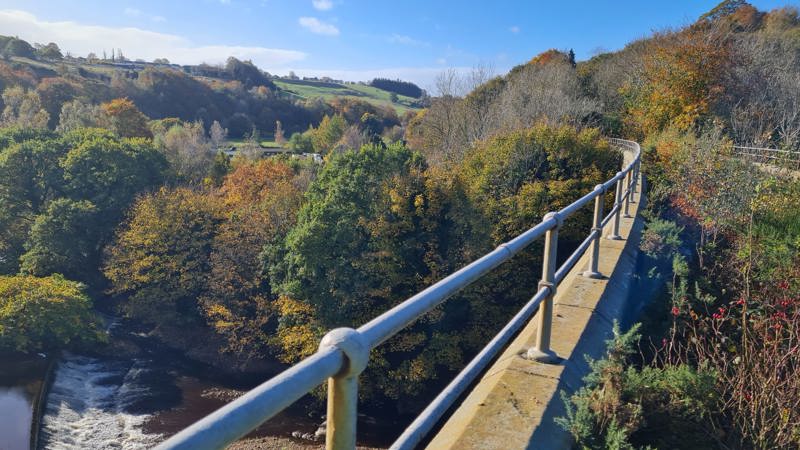
Share this article
In July 2024, we announced that we’d be working with Balfour Beatty and Edinburgh Napier University to understand more about the environmental importance of our sites – looking to change the way that brownfield sites (areas of land that were previously developed for industrial or commercial purposes) are assessed in future.
Three months into the pioneering research project, we caught up with Mike Hinchliffe, a researcher at Napier, to see what’s been happening.
Q. We announced the project back in July – can you give us an overview of what has happened so far?
A. “This summer, the focus has been on getting a baseline: finding out what lives and uses our Historical Railway Estate (HRE) sites in Scotland’s central belt. This has involved intensive surveys, using traditional methods to quantify plant, birds and invertebrate communities.
“As well as the ‘boots on the ground’ surveys, we have set up devices for passive acoustic monitoring: these will allow us listen and gather data all year round, using techniques such as machine learning to analyse the soundscape of our sites.
“In addition to five HRE sites, we have surveyed three nearby ancient woodlands — this will allow us to compare the biodiversity of the HRE brownfield sites with a habitat already deemed as ‘favourable’ for biodiversity.
“Some very early analysis has shown that the number of bird species and invertebrate biomass (weight of all invertebrates caught) show large variations between the HRE sites, with some sites showing similar, or even more, bird species and invertebrate biomass than ancient woodlands.”
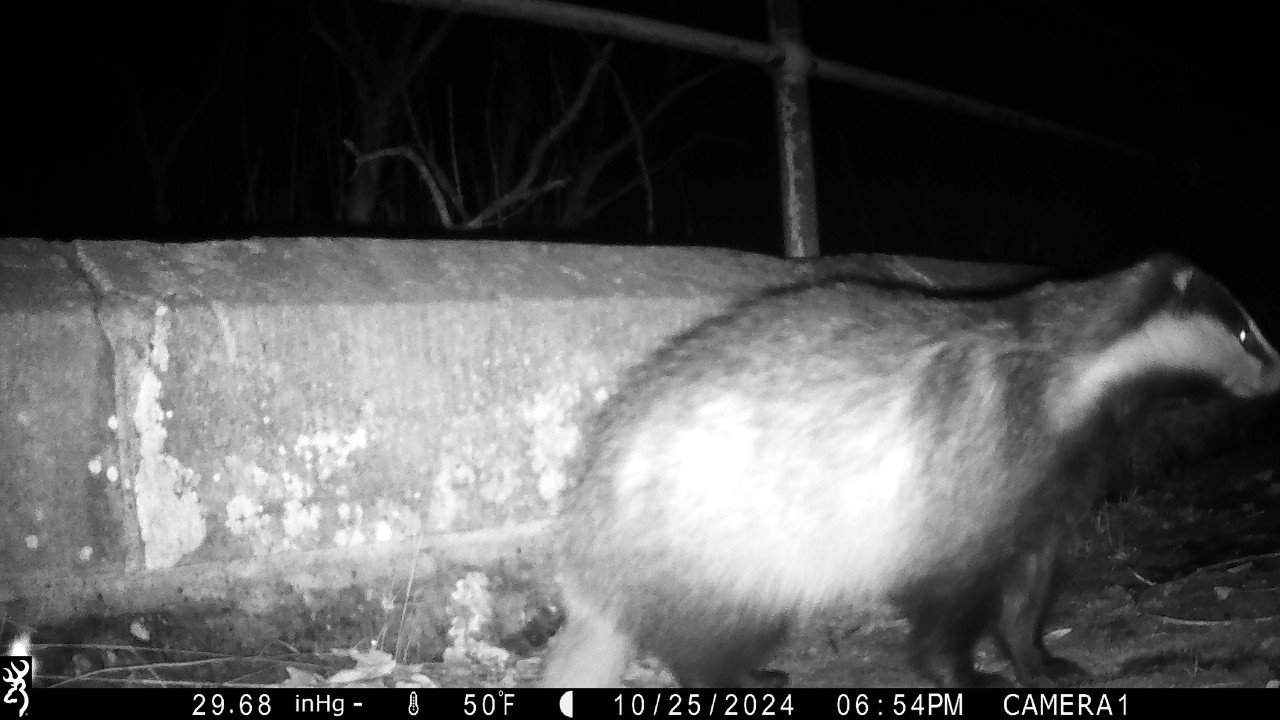
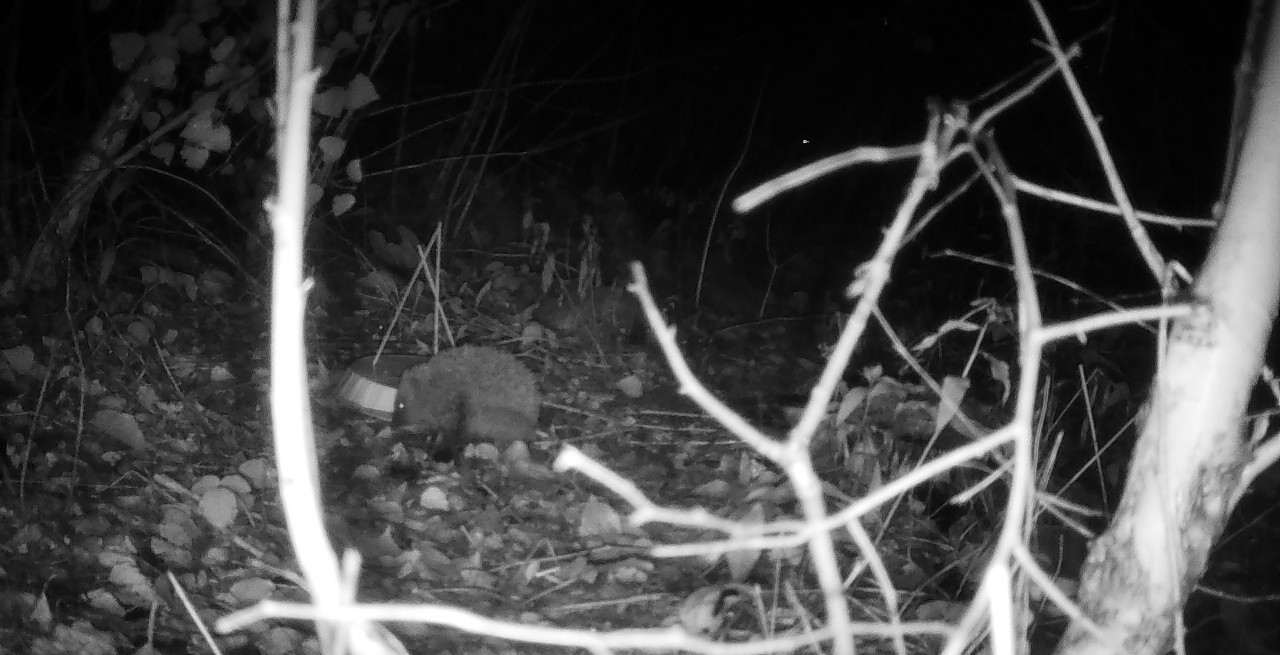
Q. To you, what has been the most interesting part of the study so far?
A. “Honestly, the sites themselves. When starting the project, I was not expecting to see the amount of nature in urban environments, especially with those in central Glasgow.
“When I got onto the site, I found forests made up from birch, willow and sometimes oak trees. Because plants such as ragwort, bramble and willowherb are left to grow, these herbaceous plants create large beds, buzzing with pollinators and providing plenty of food for badgers, foxes and hedgehogs.”
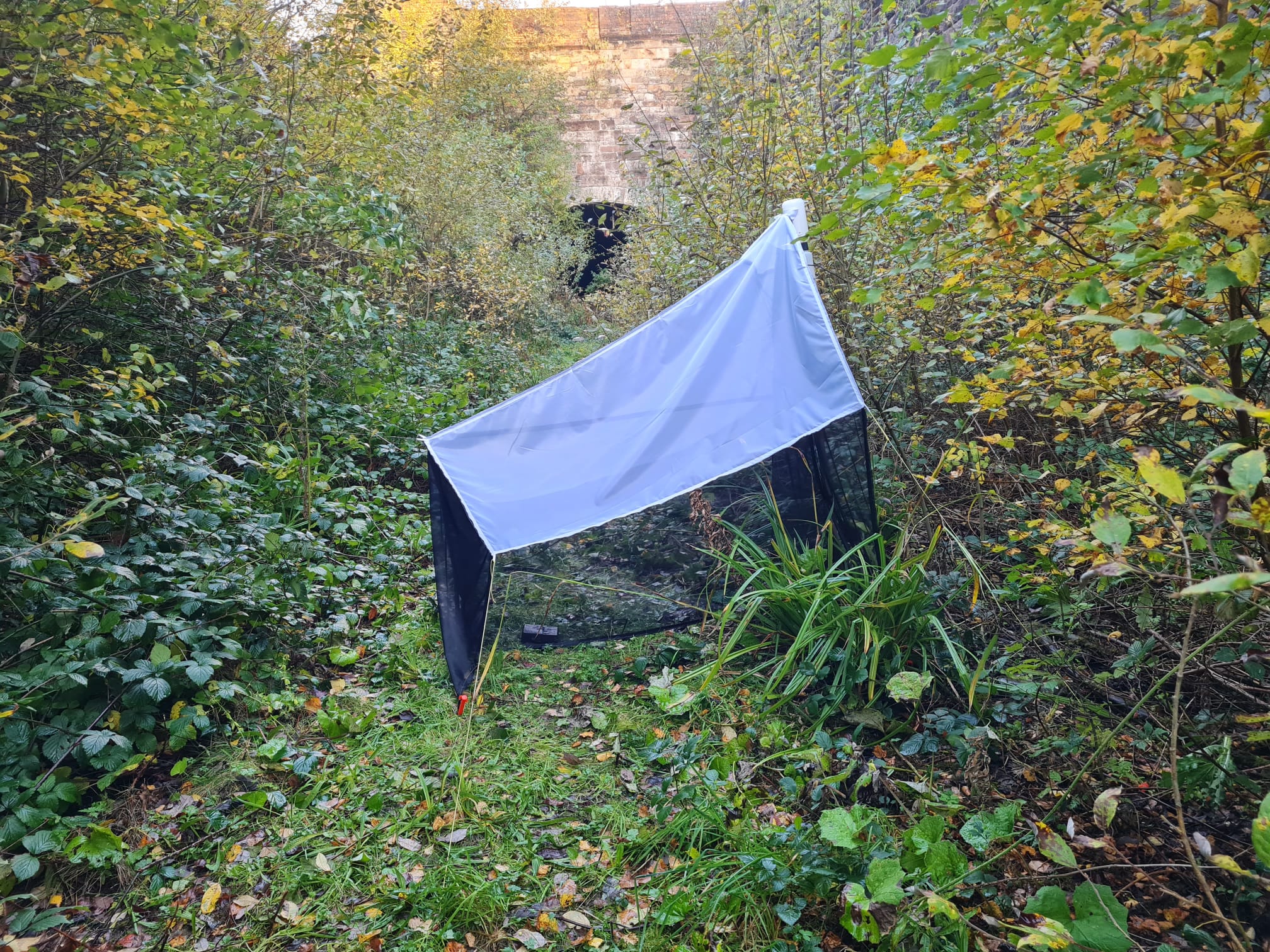
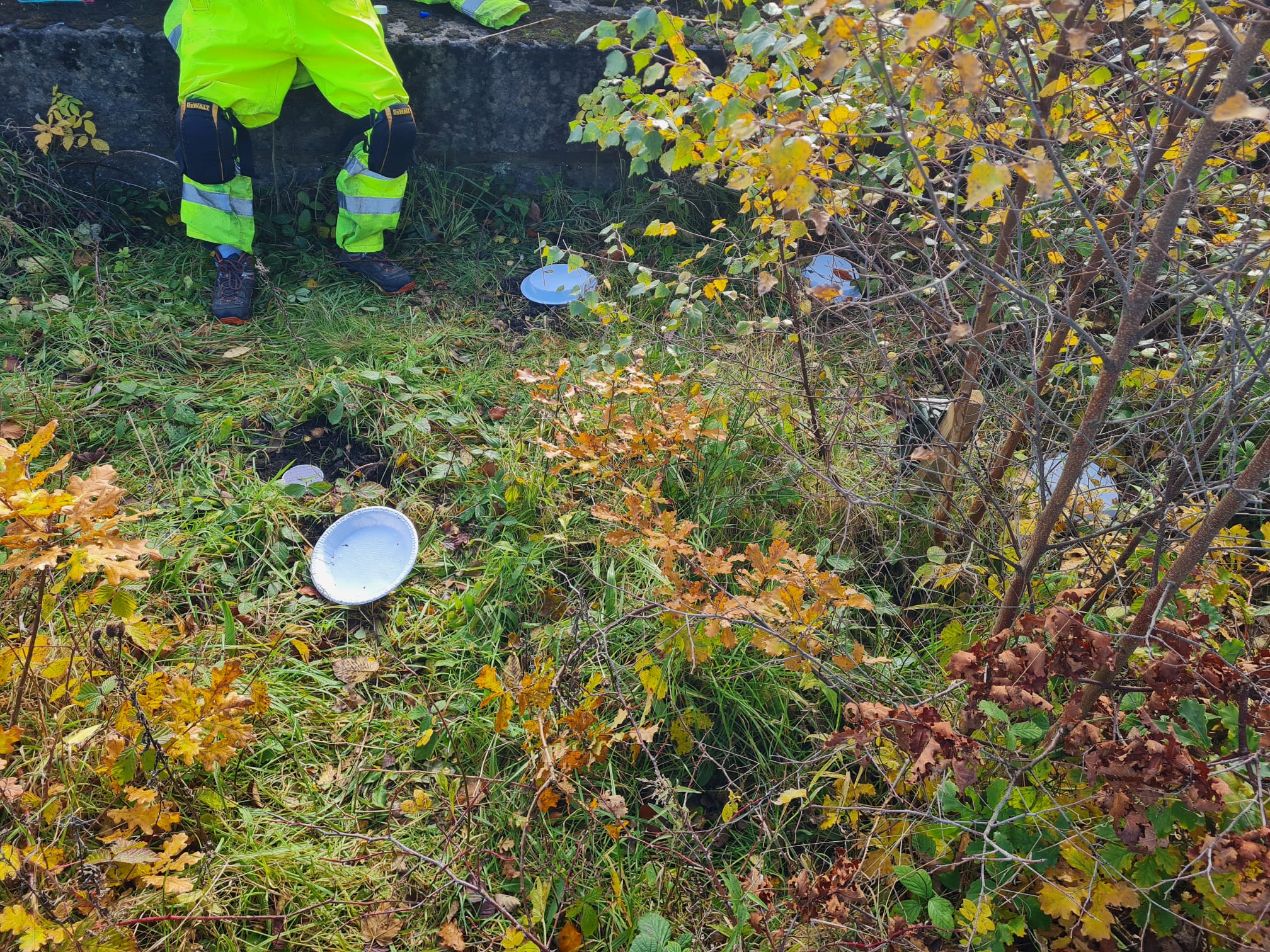
Q. What are your plans over the autumn?
A. “Biodiversity at a site is not a fixed thing — it changes with the seasons. We are planning to capture this change by repeating our summer sampling techniques for a four-week period between mid-October and mid-November.
“The HRE sites tend to have higher amounts of plants that have escaped from local gardens and parks, some of which bury and flower later into the year and, perhaps, this may extend the length of time that food is available for birds and mammals.
“We hope that by sampling in Autumn, and throughout the year, we can start to answer some of these questions and get a better understanding of the services that these brownfield sites offer to nature.”
Stay tuned for further updates on our pioneering research. You can find out more about our approach to looking after the environment here.
